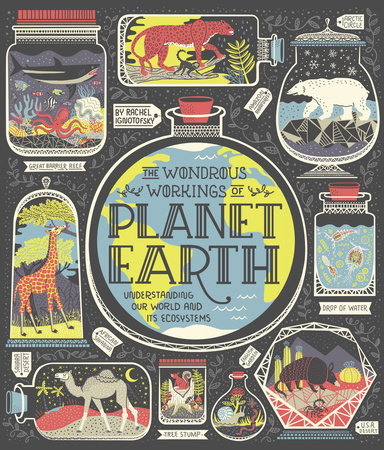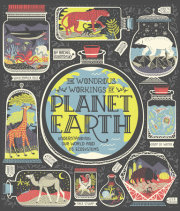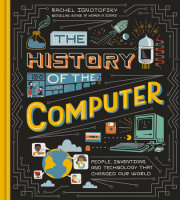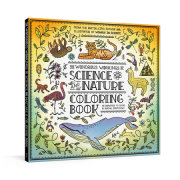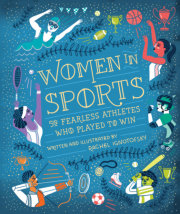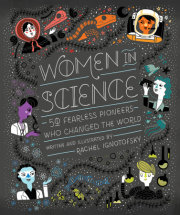IntroductionAs you read this page, a jaguar is on the hunt in the Amazon rainforest, a coral reef teems with life, and a bike messenger in New York City is riding with a bagel in hand. These all might seem like unrelated events, but in fact, all living things have more in common than you think.
For starters, we all live on planet Earth. Together, plants, animals, and people spin through outer space, protected only by a thin layer of atmosphere. Second, everything on Earth (And I mean everything! Your dog, car, spaghetti dinner, and even you!) is made up of atoms. Last, all living things—no matter how small or big, whether it is a plant turning sunlight into sugar or a person eating a sandwich—build their bodies and get energy from their food. Every living thing is dependent on the earth’s limited resources, and each other, for survival. To see just how much we are connected, we need to understand the earth’s ecosystems.
Exactly how life on our planet works is a complicated question—the world can feel so large. What if you could comprehend the complex workings of a massive forest as easily as you could learn how to care for a houseplant? What if our whole planet was as easy to understand as a specimen in a bottle or a globe on a desk? You could watch the winds blow nutrient-rich dust from the Sahara across the Atlantic Ocean, where it fertilizes the Amazon rainforest. Those same trees in the Amazon release massive amounts of oxygen into the air. Those oxygen molecules mix with the atmosphere, which is then breathed by animals and people all around the world. The story could continue without end. In this book, we’ll take a close look at how some of our world’s largest—and smallest—ecosystems work, and how the natural world fits together to support life on Earth.
Looking at planet Earth you will also see people. Throughout human history, we have transformed the landscape in both good and bad ways. You will see people taking care of the land they live on, like shepherds in the Scottish moors digging ditches to keep the bogs moist. You’ll see how people build in ways that take wildlife into account; in Kenya, people construct underpasses beneath highways so that elephants can continue their annual migrations across the grasslands. You will see scientists, governments, and communities come together to create protected areas that preserve nature. However, you will also see how humans have used the land in ways that hurt the natural world.
Humanity’s biggest challenge is learning to use our resources responsibly. As there are more and more people living on Earth, it becomes a smaller and smaller place. Farms need to be bigger, and cities need to keep growing. But as we continue to build, we cannot afford to disrupt the natural benefits that Earth’s irreplaceable ecosystems provide. Irresponsible mismanagement of land and the rapid overuse of our resources result in pollution, climate change, and the destruction of our important ecosystems, which in turn make it harder for humans—and all other life on Earth—to thrive.
The first step to protecting our planet is to learn more about it. With a true understanding of the natural world, we can take from the earth without destroying it. Together we can find new ways to farm, generate energy, and invent new materials to build with. But we cannot expect people to care for our planet if they cannot care for themselves. Often, poor communities depend on harmful or illegal practices like poaching or lumber exploitation. By addressing poverty and creating better ways to farm and build, we can give all people the means to preserve our earth.
Our planet is the only home we have. It is precious and needs our care. The power to protect our earth rests with each of us. You could say that the world’s future is truly in the palms of your hands.
Copyright © 2018 by Rachel Ignotofsky. All rights reserved. No part of this excerpt may be reproduced or reprinted without permission in writing from the publisher.

